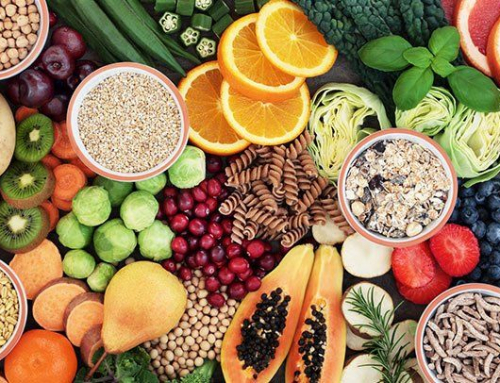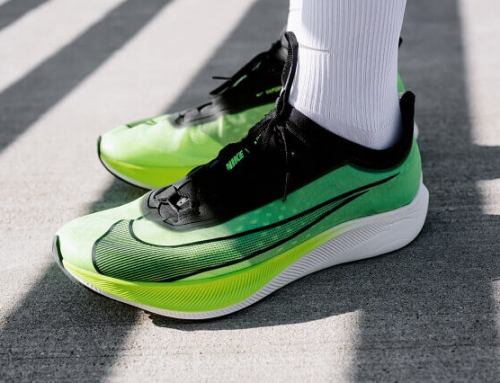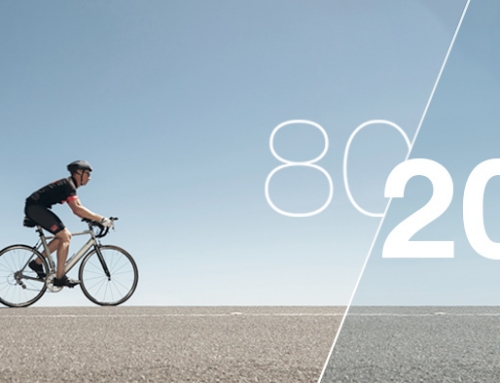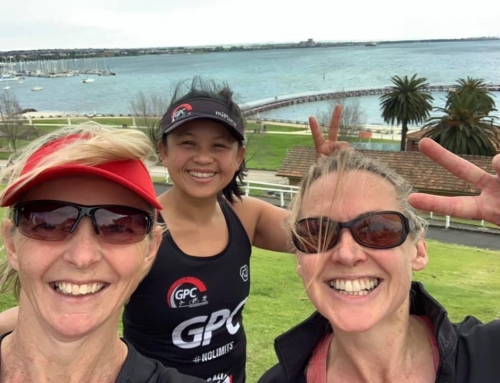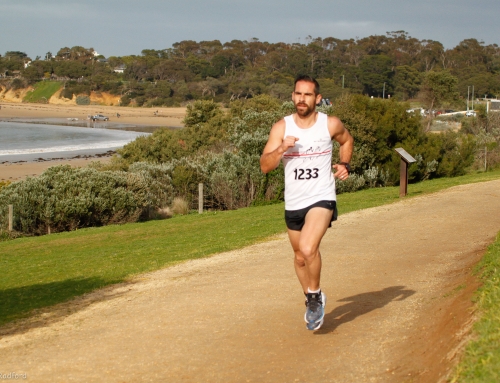Getting the most out of evening training sessions
As triathletes, most days you’ll be complete more than one training session a day –usually at least one of these sessions is in the evening. To get the most out of your evening training sessions, here are a few nutrition tips to get you started:
-
Find YOUR plan
Google “nutrition for triathlon” and you’ll get millions (literally!) of pages with various opinions, perspectives and advice. While this can be useful as a starting point, you really need to work out what works best for YOU. Each week, set aside one evening training session to use as a practice day – ideally don’t choose a key session when you’re first trialing things out. In the hours leading up to the start of the session try something new – if something doesn’t work, try a different plan next week. But once you find something that does, you’ll know you’ve got the perfect plan to get you through every evening session feeling strong.
-
Fuel your tank
Carbohydrates are a triathlete’s best friend during any moderate to high intensity session. Without adequate carbs in your diet your training is likely to suffer. At lower intensities (e.g. recovery sessions/super easy slow sessions) your body can use some of its fat stores as fuel, but as soon as the intensity ramps up (i.e. when you start puffing), your body relies on carbs to fuel your muscles and your brain.
Importantly, “adequate” carbs doesn’t mean “eating heaps of carbs all the time” – if fact, there may be even times where it’s advantageous to train with lower fuel stores. Put simply, timing is everything when it comes to carbohydrates. Heavy training days require more fuel, and therefore more carbs.
-
Timing is everything
The exact timing of your food and fluid around training will need some trial and error – some people can eat a substantial meal right before hitting the track, while others need a long gap between eating and training.
The majority of people can tolerate a meal 2-4 hours before training – for most triathletes this will mean lunch becomes your main pre-training meal. Trial a variety of different carb-rich lunch options to work out which one suits you best. Avocado and eggs on toast, couscous or roasted vegetable salad, sandwich or roll with fillings, or leftover stir-fry with rice are all suitable options to trial.
As it gets closer to the start of training keep your food to just a light snack. Again, play around with the timing and options, but as a starting point try eating something light (e.g. muesli bar, banana, creamed rice, yoghurt pouch, rice cakes with peanut butter, fruit toast, dried fruit mix, flavoured milk) 1-2 hours before the start of training.
-
How do I avoid unwanted toilet stops?
Choosing foods lower in fibre in the hours before training will help to minimise risk of gut upset during the session. If you really struggle with gut discomfort, making simple switches like grain to white bread or brown rice to white rice at lunch on days when you have a solid evening training session can help. Alternatively, trial liquids (e.g. flavoured milk, smoothies, juice) rather than solids as your pre-training snack – liquids empty more quickly from the stomach so can be less likely to cause tummy troubles.
If you’d like to develop a plan for your individual situation, please don’t hesitate to get in touch with Ali via her website.



